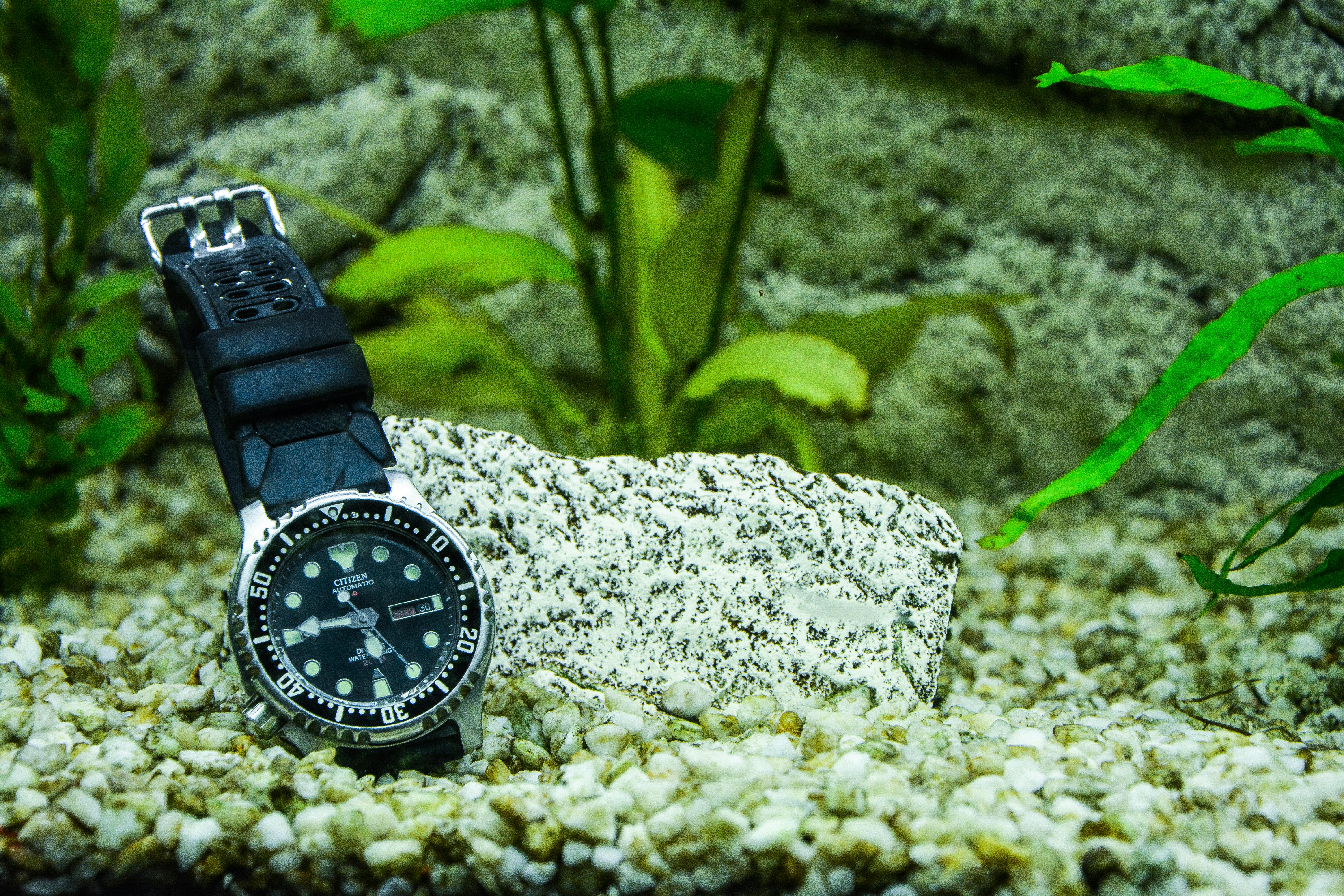Smart Ways to Care for Freshwater Aquarium Shrimp in 2025

Smart Ways to Care for Freshwater Aquarium Shrimp in 2025
Introduction to Freshwater Shrimp Care
Freshwater aquarium shrimp have become increasingly popular among aquarium enthusiasts, especially in 2025. These vibrant creatures not only add color and life to your aquarium but also play a crucial role in maintaining a healthy ecosystem by aiding in algae control and organic waste breakdown. Proper care of freshwater shrimp is essential to ensure they thrive and contribute positively to your aquatic environment.
This article will delve into various aspects of aquarium shrimp care, including the best shrimp species to keep, effective tank setup methods, and essential maintenance tips. We’ll also cover shrimp breeding techniques, ideal water parameters, and how to manage shrimp health effectively. Through this guide, you’ll gain a comprehensive understanding of the requirements for keeping these fascinating pets.
Key takeaways will include insights on shrimp food types, water quality management, and the importance of incorporating aquatic plants. By the end of this guide, you’ll be equipped with smart ways to care for your freshwater aquarium shrimp effectively.
Essential Techniques for Shrimp Tank Setup
Creating the perfect shrimp tank setup lays the foundation for a thriving shrimp population. It’s essential to consider the specific needs of your chosen freshwater shrimp species. Factors such as tank size, water parameters, and filtration systems are crucial in establishing a healthy habitat.
Choosing the Right Tank Size
The size of your shrimp tank can significantly impact their well-being. Generally, a minimum of 10 gallons is recommended for a healthy shrimp community. Larger tanks provide a more stable environment and dilute any pollutants that may accumulate over time. Additionally, larger spaces allow for diverse plant life and hiding spots that are essential for shrimp behavior and security.
Water Parameters for Freshwater Shrimp
Maintaining the right water parameters is vital for shrimp health. Ideal conditions include a temperature range of 20-25°C (68-77°F), pH between 6.5 and 7.5, and soft to moderately hard water. Regular testing for ammonia, nitrites, nitrates, and hardness levels will help ensure your shrimp thrive. Using a high-quality aquarium test kit can simplify this process.
Filtration Systems for Shrimp Tanks
Effective filtration is crucial to maintain water quality. Choose a filtration system that won’t create strong currents, as shrimp prefer gentle water movement. Sponge filters or gentle canister filters are often recommended. These systems not only help in keeping the water clean but also provide aeration, which is beneficial for shrimp health.
Create Hiding Spots with Plants and Decorations
Adding live plants and decorations is essential not only for aesthetics but also for creating a shrimp-friendly environment. Plants like moss and java fern provide hiding spots and surfaces for biofilm, which is a primary food source for many shrimp. Use decorations that are safe and free from toxic materials to enhance the shrimp's habitat.
Setting Up Shrimp Breeding Areas
If you plan to breed shrimp, it’s important to create designated zones within your tank. Use carefully placed moss balls or breeding boxes to create safe spaces for the young shrimp. Maintaining a stable environment will encourage your shrimp to breed successfully and contribute to a continuous shrimp population.

Understanding Shrimp Breeding Techniques
Breeding freshwater shrimp can be a rewarding experience, but it does come with its own set of challenges. Knowing the proper techniques and conditions will increase your chances of breeding successfully.
Choosing the Right Shrimp Species for Breeding
Selecting the appropriate species is crucial. For beginners, Cherry Shrimp and Amano Shrimp are popular choices due to their hardiness and adaptability. Understanding their breeding cycles and specific care needs will greatly impact your success.
Monitoring Water Quality During Breeding
Water parameters become even more critical during breeding. Ensure stable temperatures and regular water changes to reduce stress on the breeding females. A gentle filtration system is advisable to avoid disrupting the tiny shrimp fry that might escape into the filter. Consider using a breeding net to protect newly hatched shrimp.
Feeding Strategies for Breeding Shrimp
Providing high-quality foods is essential during the breeding process. Use formulations designed specifically for shrimp, such as algae wafers and specialized shrimp foods. High-quality shrimp parasites and supplements can promote healthy growth in both adults and their offspring.
Understanding the Shrimp Acclimation Process
Transitioning new shrimp into your established tank requires careful acclimation. Gradually introduce them to their new environment over a few hours. This minimizes shock and helps ensure their successful integration, thus preventing common health issues like stress or death.
Identifying Common Breeding Challenges
Breeding shrimp can pose challenges, including high mortality rates among larvae. By understanding potential water quality issues, training your eye to spot disease symptoms, and maintaining ideal conditions, you can mitigate these challenges effectively.
Best Feeding Practices for Freshwater Shrimp
Feeding your shrimp correctly is essential for their growth and overall health. Understanding their nutritional needs enables effective feeding schedules and proper food selection.
Key Shrimp Food Types
Offer a variety of food options to ensure a balanced diet. High-quality shrimp pellets, blanched vegetables, and biofilm are great choices. Incorporating different food types helps replicate their natural foraging behavior while ensuring they receive all required nutrients.
Optimal Feeding Schedules for Shrimp
Establishing a consistent feeding schedule helps regulate shrimp growth and health. Feed small amounts daily, avoiding overfeeding to maintain water quality. Monitor their eating habits to adjust quantities as needed, ensuring food is consumed within a few hours.
Supplements for Enhanced Growth
Certain supplements, such as calcium and mineral additives, are beneficial for shrimp growth and shell development. Adding these supplements can prevent common health issues related to molting or shell degradation, enhancing your shrimp's overall vitality.
Avoiding Common Feeding Mistakes
Be cautious of overfeeding, as this degrades water quality and exposes shrimp to diseases. Rotting food can lead to ammonia spikes, harmful bacteria growth, and eventually shrimp deaths. Always check for uneaten food and remove it promptly.

Maintaining a Healthy Environment for Shrimp
To ensure the longevity of your shrimp, keeping their environment stable and balanced is essential. Regular tank maintenance and monitoring are fundamental components of shrimp health management.
Effective Water Change Strategies
Regular water changes help maintain stable water parameters. Aim for weekly changes of 10-20% of the tank volume, using dechlorinated water to prevent any negative impacts on your shrimp. Vacuuming the substrate can help remove waste and other debris, fostering a cleaner environment.
Regular Filter Maintenance
Maintaining your filter is also imperative. Clean or replace filter media regularly while ensuring beneficial bacteria colonies remain intact. This promotes healthy water conditions and can prevent detrimental spikes in harmful byproducts.
Managing Shrimp Tank Temperatures
Ensure your tank maintains a stable temperature, as fluctuations can stress shrimp. Use a heater or chiller, if necessary, and invest in a reliable thermometer to monitor conditions. Most freshwater shrimp thrive best in temperatures between 20-25°C (68-77°F).
Pest Control in Shrimp Tanks
Addressing pest problems promptly is key to shrimp health. Employ natural pest management techniques, such as adding compatible tank mates that won’t harm shrimp but may help control pest populations. Consider using traps for unwanted pests without jeopardizing your shrimp.
Understanding Common Shrimp Health Issues
Being vigilant about shrimp health is crucial. Monitor for signs of illness such as discoloration, lethargy, or abnormal behavior. Early detection of health issues can significantly increase treatment success rates, allowing you to maintain a thriving shrimp population.
Conclusion: Smart Strategies for Successful Shrimp Keeping
By implementing these smart strategies for caring for freshwater aquarium shrimp, you can provide a vibrant and healthy home for these fascinating aquatic pets. Understanding their specific requirements regarding tank setup, feeding, and maintenance is crucial for long-term success.
As you continue to learn about shrimp behaviors, breeding techniques, and health management, your skills as an aquarist will grow. Remember to enjoy the process of shrimp keeping, explore various shrimp species, and continually adapt to the evolving needs of your aquatic friends.
Through careful attention and daily management, you will find great joy in maintaining a successful and thriving shrimp aquarium.